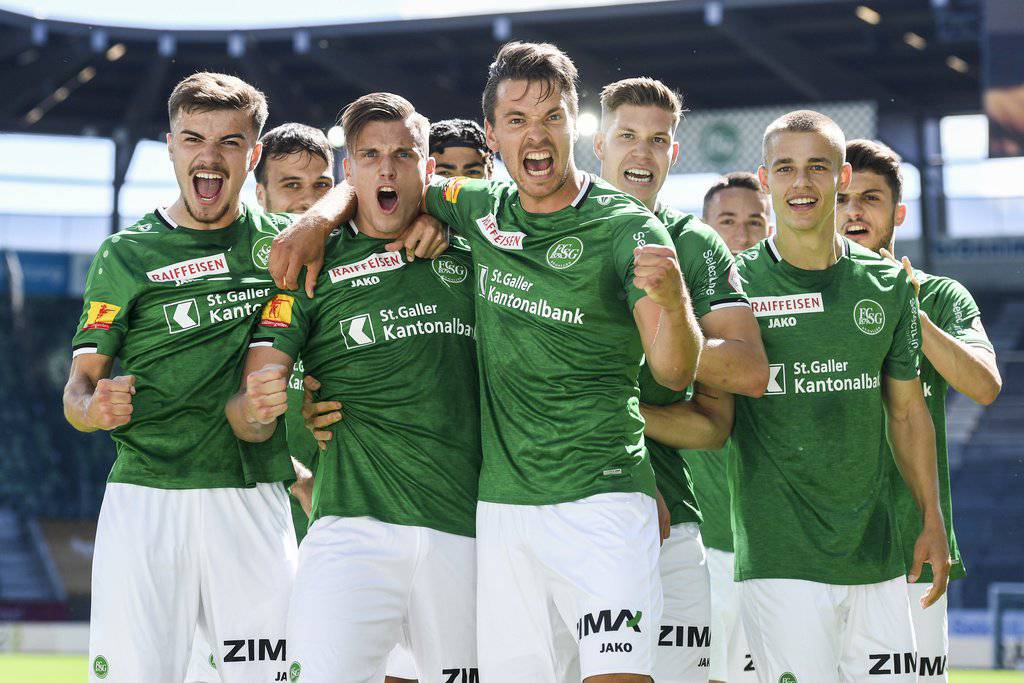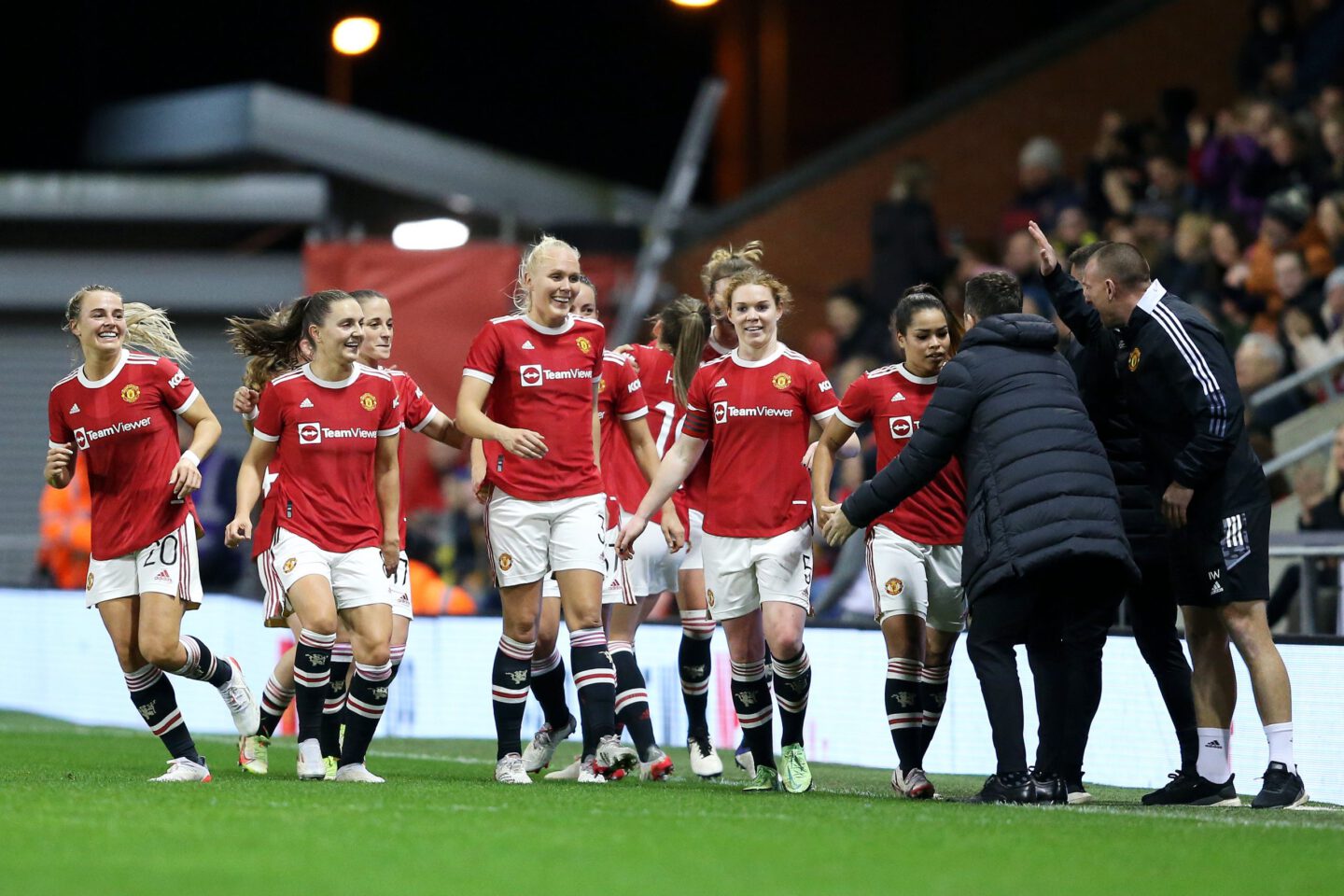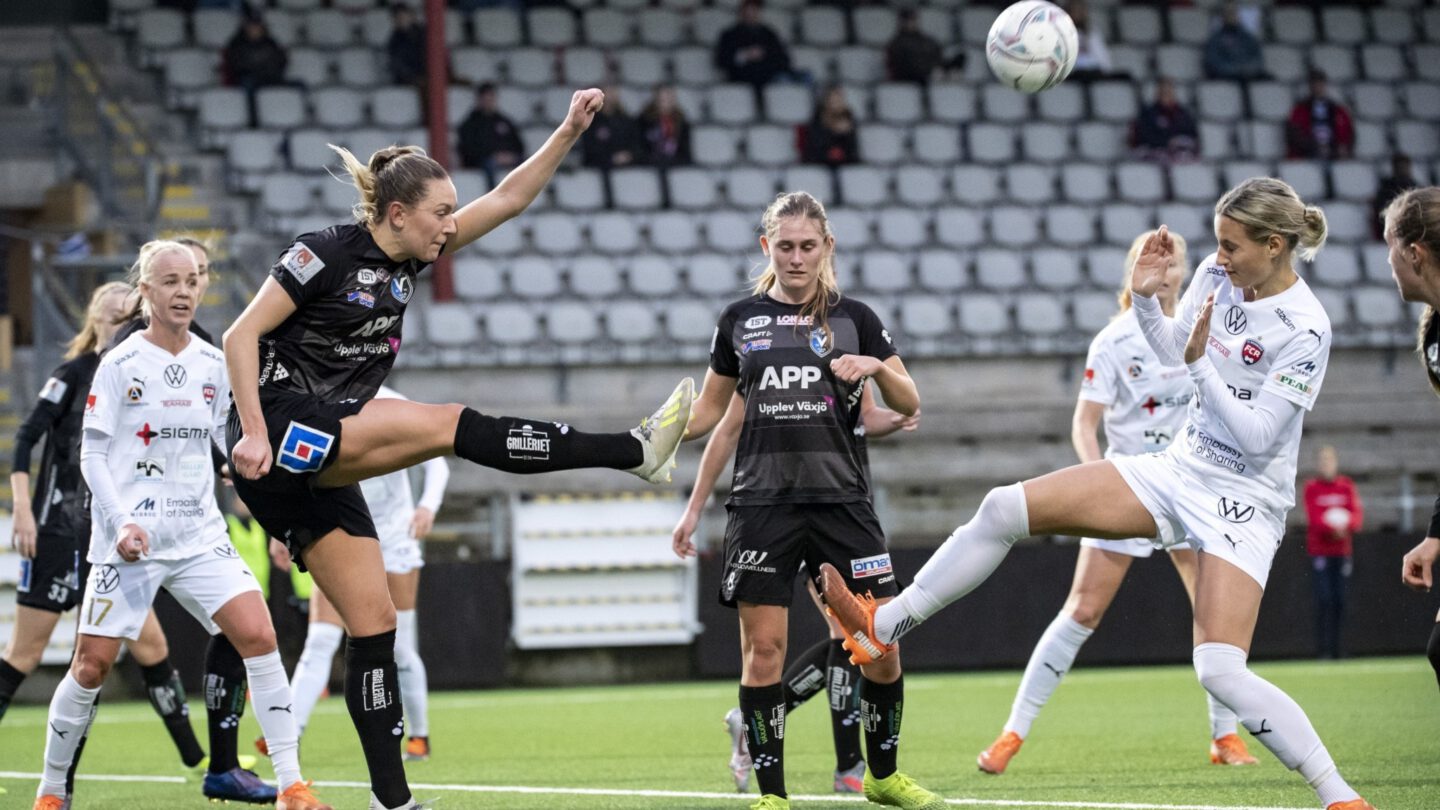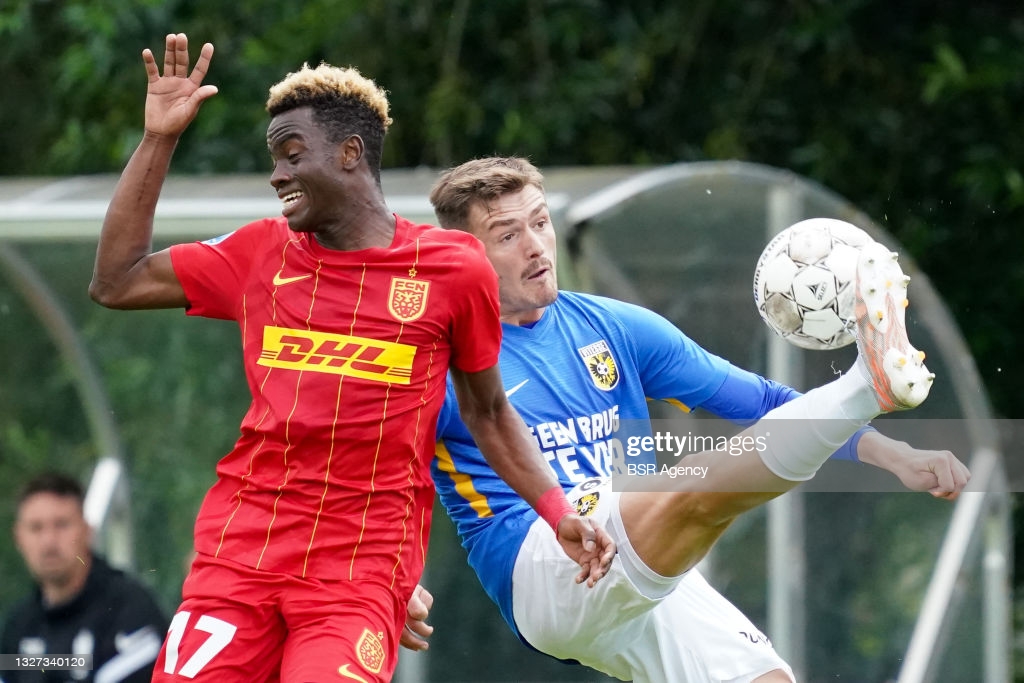In this scouting piece, I’m going to look at Vitesse’ Loïs Openda. I wanted to have a look at a striker who isn’t at the traditional top-3, but is performing very well. In this piece I’m purely focusing on match data and event data, to make a more data scouting report without the video. I will also relate this to his peers
The data
The data used in this analysis comes from Wyscout. In the dataset for the striker, I’ve selected each player who primarily plays on the striker position. Obviously, there are other players who have played in this position, but I’ve only selected the players that have played as a striker as a dominant position in the current season. This leaves me with 79 players who qualify in the Eredivisie 2021/2022.
Because I’m looking at the current season, which is a full season, I want to make a selection for players that played a decent amount of games for me to assess them. For me, it’s important that they played at least 600 minutes in this season. After looking at that I’m left with 42 players in my dataset and they will go through my analysis process. The data was retrieved on 23rd December 2021.
I will look at the following categories and metrics to assess their abilities through data:
- Shots
- Dribbling
- Assists
- Goals
Shots

In the scatterplot above you can see the number of shots per 90 of a certain player and the expected goals per 90 of that particular player in question. The reason we look at this is how many shots a player has in a game and how high the probability is of scoring an actual goal.
In the shot volume, we can see that Openda does quite well with 2,48 shots per 90 with an expected goal of 0,46 per game. Those two metrics are both above average as you can see. In the image below you can see Openda’s shot map of the 2021/2022 season with Vitesse so far.

In the image above you can all shots, Openda had in the season so far. In those games, he has scored 10 times, twice from the penalty spot. He had 48 shots and a xG generated of 7,79 from those shots. With 10 goals scored, he’s overperforming with a number of +2,21 – a pretty good result. As you can see 9 goals came from within the penalty area, with only one coming outside of it. The sides are pretty evenly divided when looking at the goals, but in terms of shots, we can say two interesting things: he does shoot from distance more on the right side, but shoots from closer range on the left side.
Dribbling

Dribbling often is linked to wide midfielders of wingers, but it can be a valuable aspect of a striker’s game as well. The ability to control the ball, progress on the pitch, and deal positively with a 1v1 situation with an opponent defender, is not to be underestimated. Especially when you are not playing a typical central forward role, but playing with two strikers.
In the dribbles, we can see that Openda does quite average with 4,15 dribbles per 90 and a success rate of 55,7%. This does actually make him above average, but only just In the image below you can see Openda’s Ball Touch map of the 2021/2022 season with Vitesse so far.

In the image above you see the ball touches map of Openda in the opposition’s half. This is no dribble map, but it does illustrate where Openda gets the ball or touches the ball. In doing so we can see how much he’s closer to the midfield, how much he drops and plays deep – and how much he deviates from the natural striker position into the flanks. What we can conclude is that Openda does occupy the flanks a lot.
Passing

Expected metrics seem simple but can become incredibly complicated when combining things. In the scatterplot above I’ve taken a look at the probability of the pass becoming an assist per 90 minutes and looking at the actual assists of a player per 90 minutes.
In the assists, we can see that Openda does below average with 0,07 xA per 90 and actual assists of 0,06 xA%. As you can see he is performing below average and doesn’t really impress in the data. In the image below you can see Openda’s final third passing map of the 2021/2022 season with Vitesse so far.

In the image above you see all final third passes from Openda in the Eredivisie 2021/2022 – now this doesn’t say a lot about the actual performance, but it does tell us something about the successful passing of Openda. The passes to the penalty area aren’t that successful as you can tell by the red passes, but on the flanks and backward passes are quite successful.
Final thoughts
Data analysis or scouting alone isn’t enough to fully assess the qualities of a player. It should always go hand-in-hand with video and/or real-life eye tests. But it does give us the tools to make shortlists and back up our findings with data. In this case, we can see that Openda does really well in the shooting metrics, but has been on average and below average in the dribbling and assists metrics. Depending on the profile you have for a striker, he could be included or left out. The most important thing to remember is that this never can be seen in isolation but always has to been in relation to something bigger.








































